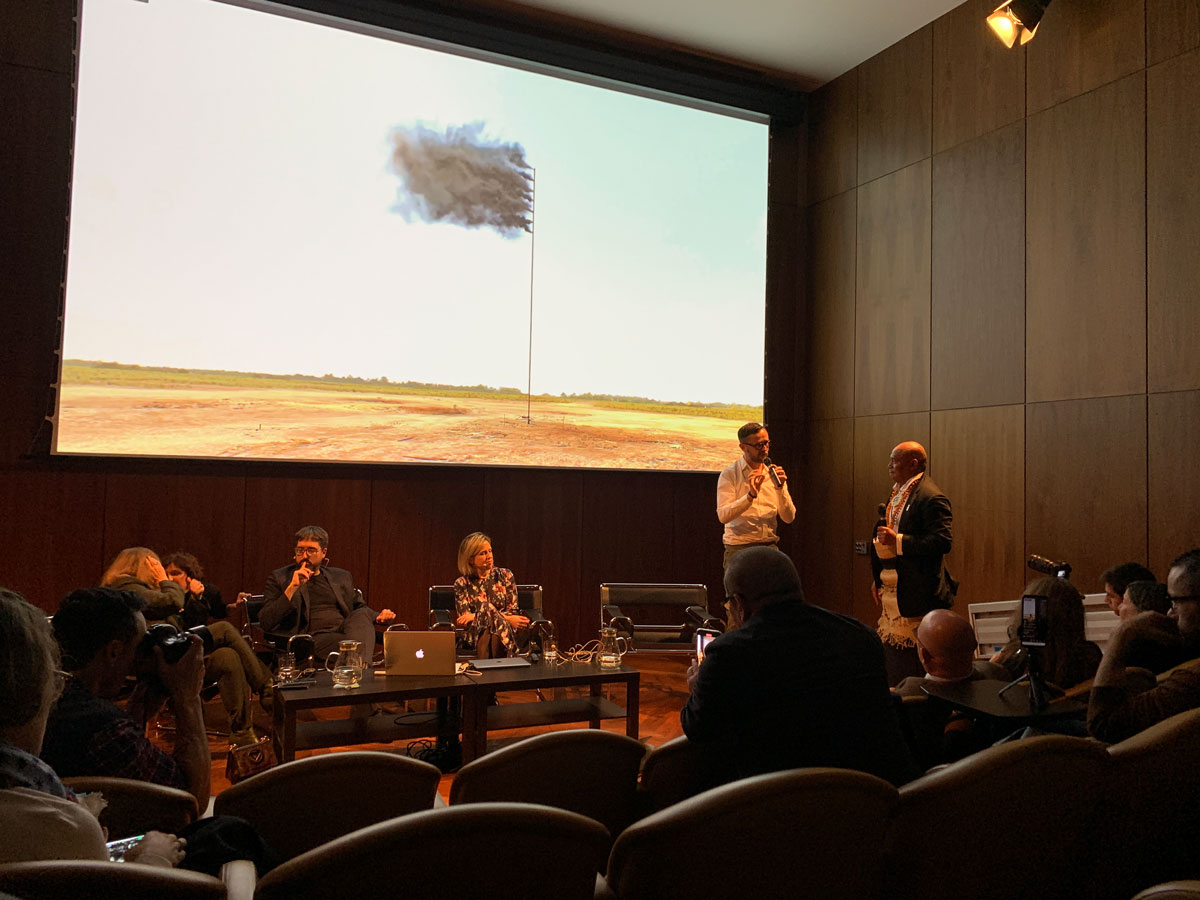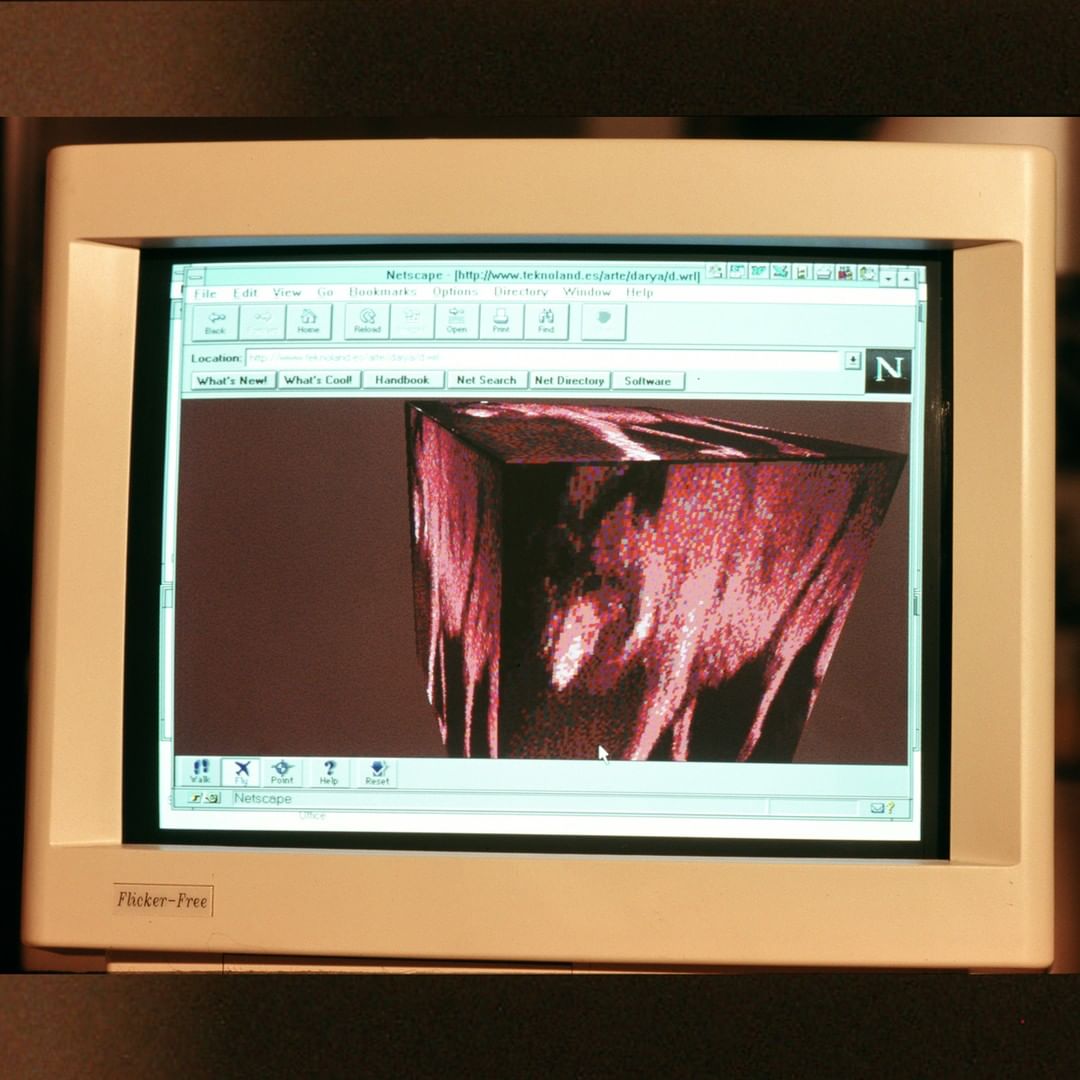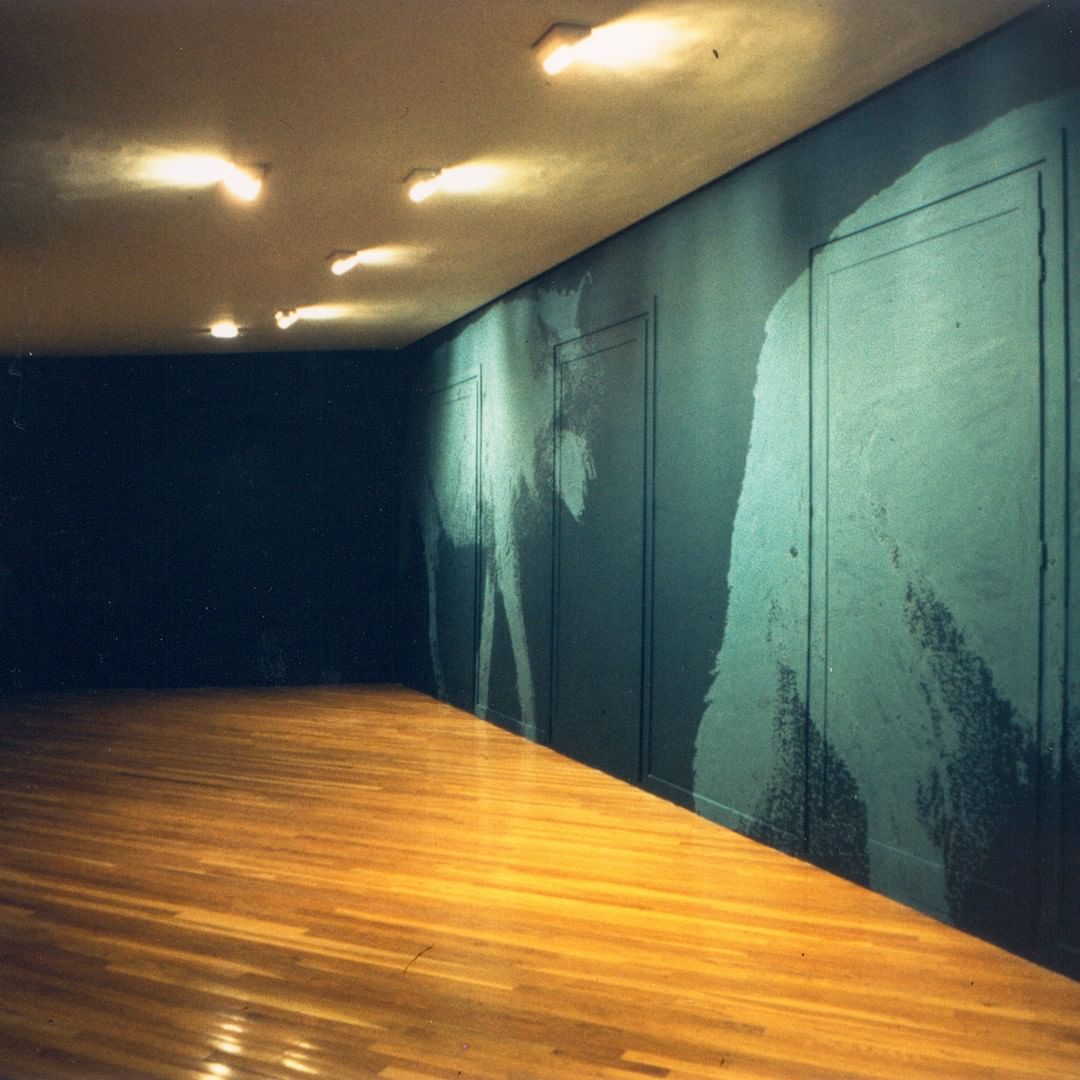Marchas de Elefantes, 1997 – Mannheim⠀
Wall Painting, Darya von Berner⠀
⠀
Galeria Angelo Falzone⠀
Mannheim, Germany, 1998⠀
Wall painting, objects and performance⠀
Foto: Claus Stolz and Andreas Winkler⠀
⠀
The most impressive of this series of ephemeral paintings, took place in a gallery space of almost 1000 m2. For this painting and performance, von Berner relied on the generous help of five volunteers.⠀
⠀
For the performance the helpers were painted in the same way like the ephemeral mural, to somewhat visually become a fragment of the great elephant, just like in the well-known Hindu fable, in which six blind men, explain from their fragmented and partial viewpoint, how an elephant is. But none of them achieves to give a vision of the elephants totality.⠀
⠀
In our society elephants appear in form of toys, logos, cartoons and also documentaries, all of which are partial visions, which makes it impossible to perceive what the presence of a real elephant in his natural habitat can really transmit, moreover we can not really understand the significance of the extinction of this animal and its natural habitat.⠀
⠀
The project Marcha de Elefantes, is a metaphor of walking: the walk of all the wild animals and people which have lost their habitat and homes, uprooted and forced to leave their place of origin.⠀
⠀
⠀
The work began as a series of large-scale murals, but later the wall-based work was complemented by sculptures, videos and also performances.⠀
⠀
@elephantlisteningproject



























